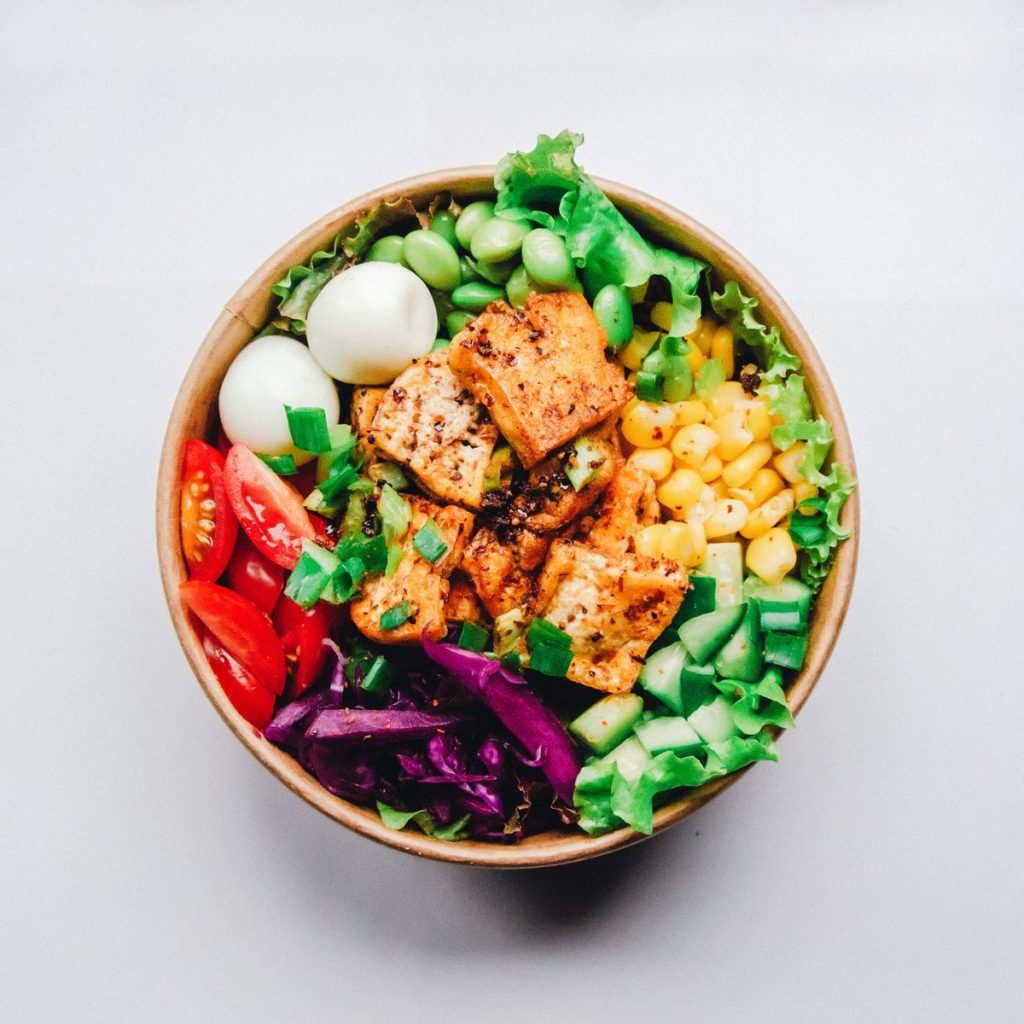Why is This Significant?
In today’s world, one cannot deny the power of social media like Instagram, Twitter and Facebook and so on. With the plummeting hashtag culture and recently coined term foodgram, chefs today are spending more time, labour and money to elevate the presentation of their dishes. Take a cue from Chef Reynold Poernomo a MasterChef Australia finalist who created buzz for making the most picturesque food and gaining more popularity than the winner perhaps.
Food plating is a necessity for diners today. “The first taste is always with the eyes.” The more appealing a dish looks the more we are inclined to remember it and associate the dish with that particular chef and restaurant. So the main question is whether food recipes can be protected in the form of trade secrets can whether the overall presentation of food is protected under the Indian Copyright Act.

The Art of Food Plating
Food plating in the past was used to display wealth and power. Romans used metals and minerals in their food to elevate its appearance. Medieval noblemen would make food sculptures. The first celebrity chef was Marie Antoine Careme in 1784, who infused architecture and food. He would serve Napoleon Bonaparte food in the shape of waterfalls and bridges.
Present-day food plating has become a norm in high-end and Avant Grande restaurants. Food plating is arranging, modifying, processing and decorating food to increase its aesthetic value. A chef, while plating, looks at the size of the plate, the portion and other measurements, harmony or contrast between the colours, arrangements of the food, and shape and material of the crockery.
Improving its visual value helps chefs to express their artistic talents and mark their own identities. It also helps the chef establish the goodwill of the restaurant. Food which is ornately plated may become a chef’s signature dish. People start to associate a particular style of plating with a particular restaurant and its chef.
Although chefs generally develop and borrow from each other, there is a high scope of copying in the food industry. So let’s look into if food plating meets the requisites for being granted copyright protection.
Protection under The Copyright Act 1957
In India the Copyright Act 1957(the Act) does not specifically deal with protecting food plating or food presentation, nor are there any judicial pronouncements in this regard.
To come within the ambit of copyright protection the work must satisfy three requirements it must be original, secondly, it must come within the meaning of the word “artistic work” and lastly be fixed (in such tangible form).
This test of originality is difficult to follow in the culinary world. Chefs largely build and borrow from others’ work. Even if derived from the work of another chef, it must not be a mechanical copy of the other person’s work. There must be a degree of variability. Although there are certain foods which follow the same theme and have the same basic components. For example, the generic burger is always served with two buns with meat, lettuce and tomato as the filling. A chef by making some minor changes such as changing the colour of the buns or lettuce cannot claim to have created a piece of original work worthy to be copyrighted. This would lead to unfair application. The ordinary burger may not be protected but Gordon Ramsay’s Hell’s Kitchen Burger which depicts variability in taste, texture, and appearance is protected.
US law states that food itself is perishable and is meant to be consumed. It exists for a short time before it gets perished. After the chef plates the food it remains intact for a short period before being consumed. In Kelley v Chicago Park District US Court held that garden in this case no matter how creatively arranged cannot be permanent as thereby was not granted copyright protection. Taking a similar view in Kim Seng Company v. J&A Importers Inc held that traditional Vietnamese “food in the bowl” sculpture was food created for a short duration of time and was not ‘fixed in tangible form” and was thus not granted a copyright.
Unlike the USA India provides a wider interpretation of the word fixation. The main motive for fixation is to prevent infringement and give protection to the expression and not the idea. A plated food remains in its permanent state only for a transient period but one cannot diminish the skilled labour that the chef undertakes to present it. It is the distinctive plating which helps to elevate the dish.
Conclusion
Today’s world is largely dependent on social media. Chefs rely on the apps to bring in customers and the pandemic has further strengthened the role it plays in improving and promoting the sale of a business. Today food blogging is done by professionals and amateurs. Terms like hashtags, food is life, and foodie has become immensely popular. Many chefs now focus on plating their food more than before.
One cannot deny the growth of social media and how it affects our daily lives. Chefs may benefit from having their decorated food plates going viral just like the case of a small shop in Vadodara which became famous for plating ice cream and paan together. With the growth in social media, it would be more important to grant protection to food plating against misuse and unauthorised exploitation. If food recipes can be granted trade secrets then why not food plating, when it meets all standards of copyright requirements?
Author: Dipanwita Chakraborty, Legal Intern at PA Legal.
In case of any queries, kindly contact us here.
Thank you for reading our blog! We’d love to hear from you! 🙂
- Are you Interested in IP facts?
- Would you like to know more about how IP affects everyday lives?
- Have any questions or topics you’d like us to cover?
Send us your thoughts at info@thepalaw.com. You can also join the IP Conversation by subscribing to our newsletter.